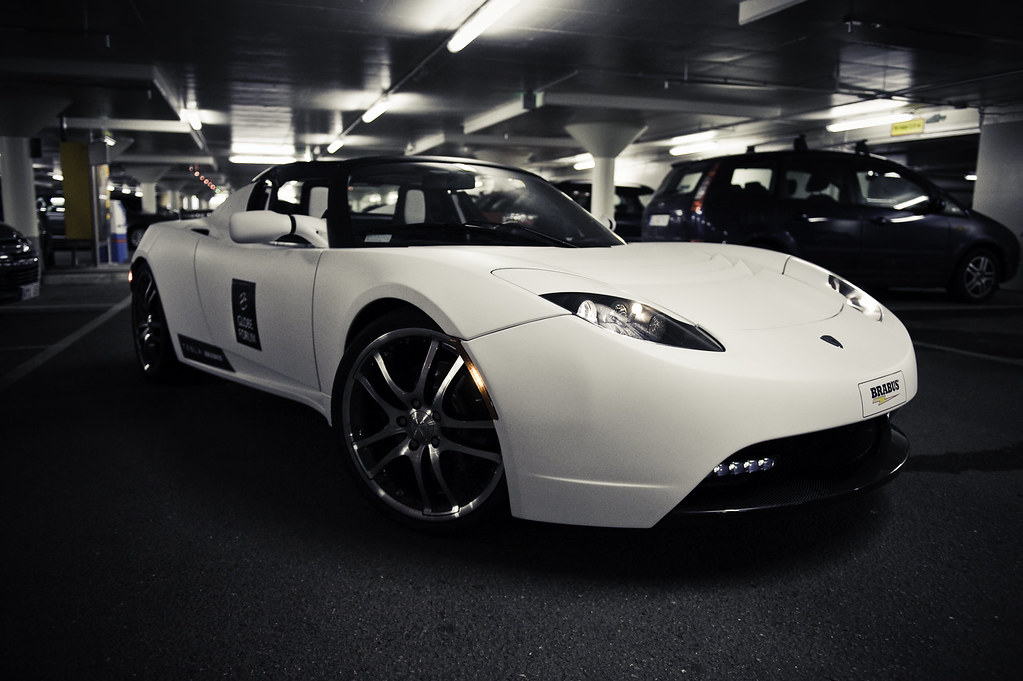csummers, here's one option for you. This is available in both 195/50R16 (front) and 225/45R17 (rear):
http://www.tiresdirect.net/TOYO_Proxes_T1R_195_50R16_84V_P1896.cfm
Where did you get the sizing for the fronts? I thought they were 175-55-R16.
Unfortunately TireRack only shows the Advan AD07s.
There are a lot more options for the rears though in the stock size.
Also, what about plus sizing the fronts to 17s?





